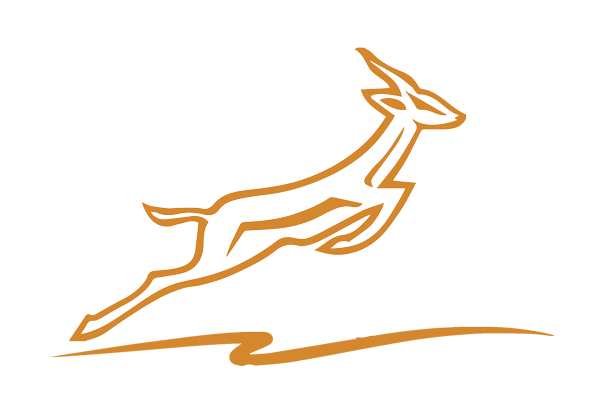THE VIBRANT TANZANIA
People & Culture
Tanzania is one of the most culturally diverse countries in the world. With a delightful mix of influences with over 120 tribes.
THE VIBRANT TANZANIA
People & Culture
Tanzania is one of the most culturally diverse countries in the world. With a delightful mix of influences with over 120 tribes.
Menu
Tanzanian culture is a delightful mix of influences with over 120 tribes. Tanzania is one of the most culturally diverse countries in the world. From the tall graceful Maasai warriors, the ancient ways of the Hadza bushmen, the resourceful agricultural practices of the Wameru, the artistic talents of the Makonde to the Chaga farmers and traders. Each of the 120 different tribes in Tanzania have their own distinct ways of life but together, they gracefully unite to form Tanzania.
Languages
Over 120 languages are spoken in Tanzania, most of them from the Bantu family. After independence, the government recognized that this represented a problem for national unity, and as a result made the kiswahili language (Swahili) the official language. The government introduced it in all primary schools to spread its use. Kiswahili was the logical choice because a wide range of people were already informally using it along the coastal regions and it was a perfect language to help unify the country since it did not originate or belong to any particular tribe.
Given the conditions at that time, it was not possible to introduce the language in to the entire educational system, because the language was still callow and undisciplined. The task of formalizing kiswahili and writing kiswahili books for all schools was considerable.
The government decided to apply Kiswahili exclusively to all elementary/ primary education and use English (the colonial language since the end of World War one) in high schools and universities. Kiswahili is still taught as a course in high schools and Universities.
Today, a great majority of the population have accepted and fluently use Kiswahili, thus English is generally well known. As a result of this linguistic situation, many of the 120 tribal languages are slowly withering away with every new generation. Kiswahili on the other hand has grown into an international language that is widely used across multiple boarders. Kiswahili is ranked among the top 10 international languages. Apart from Tanzania, it is now used in Kenya, Uganda, DRC Congo, Zambia, Malawi and Mozambique to name a few.
Kiswahili is also taught in universities around the world such as; Harvard, Oxford, Yale, Cambridge, Colombia, Georgetown, George Washington, Princeton and many more.
Tanzanians are renowned for being friendly and harmonious people, however, it is courteous to ask permission before photographing people.
Music
The Tanzanian national anthem is titled “ Mungu Ibariki Afrika” (God Bless Africa), composed by a South African composer – Enock Sontonga. The song is also the national anthem of South Africa and Zimbabwe.
The music industry in Tanzania has evolved over the years. Due to the mixture of various cultures in Tanzania, native music is morphing into new music that is a combination of the old, new and imported sounds and rythms. Tanzanian musicians are among the the best in Eastern Africa. You have legendary artists such as RemyOngala, Dionys Mbilinyi, Sabinus Komba, Siti binti Saad, Bi Kidude, Saida Karoli, Hukwe Zawose Nasibu Mwanukuzi aka Ras Nas, Jah Kimbuteh and many others. You also have new vibrant artists such as Imani Sanga, Judith Daines Wambura Mbibo aka Lady Jaydee, Rose Mhando, Joseph Haule aka Professor Jay, Ray C, Saleh Jaber aka Saleh J, Joseph Mbilinyi aka Sugu/ Mr. II/ 2-proud and many more. They mix native music with imported sounds and the result is a range of interesting flavors of music.
Traditional Tanzanian music includes; Zouk, Ngoma, Taarab and Ndombolo. Some of these traditonal music types have been incoporated into exported music to create unique sounds that are refered to as Mtindo, Sikinde, Modern Taarab, Bongo flavor, African hip hop, Bolingo and Reggae.
Traditional music instruments include ngoma, marimba, coconut shell fiddles, Filimbi (whistles made of wood or bone) and Traditional trumpets made from bull/buffalo horns or ivory.
Food
Tanzanian cuisine is unique and widely varied. The coastal region cuisine is characterized with spicy foods and use of coconut milk. Such foods are; Pilau(wild rice/ mixed rice), Bagia, Biryani, kabab, Kashata(coconut or groundnuts rolls), Sambusa(Samosa).
As you move inland you will find foods that are less spicy; Wali(rice), Ugali, Chapati(a bread), Kuku choma(grilled chicken), Nyama Choma(grilled meat), Nyama pori(wild/ bush meat that is either sun dried, grilled or cooked), Kiti Moto(grill pork), Mishikaki(skewed meat), Samaki(fish), Ndizi( Plantains/ bananas), Bamia(Okra), Mchicha( greens/ spinach), Njegere(peas), Maharage(Beans), Kisamvu(cassava leaves), kisusio(soup from boiled animal bones and meat or blood) and many dishes prepared the Tanzanian way.
Famous Snacks include; Maandazi (bread-like rolls), Visheti, Kashata (coconut or groundnuts rolls), Kabab, Sambusa (Samosa), Mkate wa kumimina, Vileja, Vitumbua ( rice cakes) ,Bagia, Firigisi (grilled gizzards), Tende (dates), Korosho, karanga ( groundnuts), Daga (fried nut-sized fish), Senene (pan grilled grasshoppers), kumbikumbi (pan grilled …) many others.
Native beverages include; Chai ( tea ) which is usually a breakfast beverage taken with Chapati, Maadazi, Mkate (breads), Ugali and/or Mayai (eggs ). Kahawa (coffee) is also another beverage. It is more commonly taken in the evenings, when the sun is cool and people are on the front porch, playing cards, Bao or just chatting. Many people drink coffee with Kashata (coconut or groundnuts rolls).
Other native beverages are specific to certain regions and tribes. These are; Mnazi/ Tembo (Coastal region), Mbege ( Kilimanjaro region ), Wanzuki, Gongo. There also various beers, wines and spirits produced in Tanzania. These include Kilimanjaro beer, Safarai beer, Serengeti beer,Konyagi, Banana Wine and many more.
